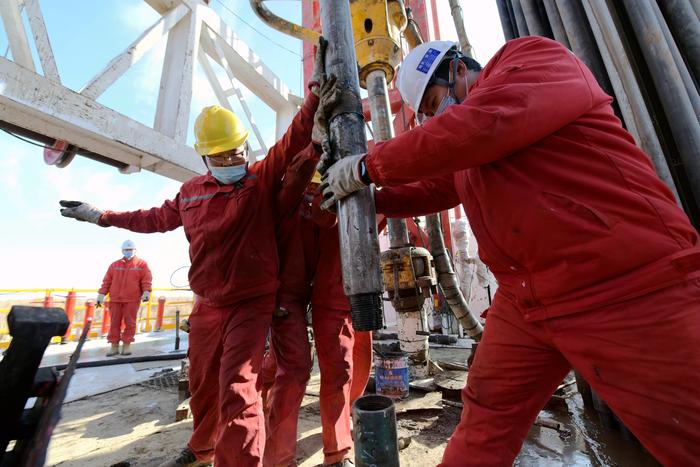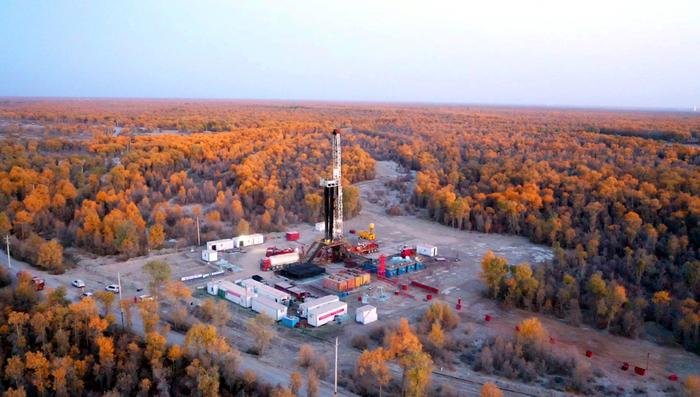|
| 2020-11-17 来源: 中国石化新闻网 |
| 石化新闻 |
中国石化新闻网讯 据11月15日Japan Today报道,新冠肺炎疫情期间,燃料的消耗量大幅下降,加速了炼油产能从北美和欧洲向亚洲的转移步伐,也加速了炼油产能从陈旧、规模较小的炼油厂向现代化、产能较高的大型炼油厂的转型升级。 这样的结果是出现了一波炼油厂关闭的浪潮,这些炼油厂是在2008-2009年经济衰退后的几年中勉强幸存下来的。 自2007年以来,由于能效的提高,北美、西欧和日本的大部分地区的燃油消耗量一直停滞不前或有所下降。北美、欧洲和日本的炼油厂一直在努力保护不断下滑的市场份额,这给盈利能力带来了下行压力。产能过剩的问题在经济强劲增长时期被掩盖,但在每次危机中都暴露了出来。 与西欧、北美和日本不同,过去十年亚洲其它地区的燃料消耗量增长迅速。自2009年以来,该地区的三个子市场——西亚(以海湾地区为中心)、南亚(以印度为中心)和东亚(中国),贡献了全球三分之二以上的石油消费增长。 亚洲的炼油产能持续增长,而为了与消费增长相匹配,炼油厂通常建在消费中心附近,因为这会让产品运输更简单。 亚洲和中东占全球炼油产能的43%,与它们在全球石油消费量中所占的44%份额几乎相当,而1999年这两个地区所占份额均为33%。 亚洲的炼油厂更有竞争力,因为它们离增长的市场更近,可以处理大批量生产,具有较好的规模经济效益,并配备了更现代化和精密的设备。 在20世纪60年代和70年代,新建炼油厂的最低有效产能为每天10万至25万桶,但在21世纪初的10年和20年时间里,炼油厂的产能通常为每天30万至40万桶甚至更大。 新的超大型炼油厂通常设有综合石化装置,使它们能够生产更高附加值的化学品和低价值燃料。因此,新的大型炼油厂可以从同样的原油中以更低的成本榨取更大份额的有价值产品,超过北美和欧洲的竞争对手。 面对国内不断萎缩的燃油市场,北美和欧洲的炼油商发现,通过燃油出口盈利增长来弥补这一缺口越来越困难。 随着新建炼油厂的平均规模和复杂性的增加,最古老、最小和最不复杂的炼油厂已经变得不经济了。这个结果就是一波炼油厂被关闭,终端、油罐区和管道被改造成进口终端。 关闭的炼油厂大多位于北美和欧洲,不过,在世界其他地区,包括澳大利亚和菲律宾,规模较小、老旧且只使用燃料的炼油厂也受到了冲击。 王佳晶 摘译自 Japan Today 原文如下: Coronavirus accelerates oil refining shift to Asia Slumping fuel consumption during the pandemic is accelerating the long-term shift of refining capacity from North America and Europe to Asia, and from older, smaller refineries to modern, higher-capacity mega-refineries. The result is a wave of closures, often centring on refineries that only narrowly survived the previous closure wave in the years after the recession in 2008/09. Fuel consumption has been stagnant or falling across most of North America, Western Europe and Japan since 2007 as a result of efficiency improvements. North American, European and Japanese refineries have been left battling to protect their share of a declining market, creating downward pressure on profitability. The problem of overcapacity has been masked during periods of strong economic growth but exposed every time the business cycle turns down. In contrast to Western Europe, North America and Japan, fuel consumption has grown rapidly across the rest of Asia over the last decade. The region’s three sub-markets in West Asia (centered on the Gulf), South Asia (centered on India) and East Asia (China) have been responsible for more than two-thirds of worldwide oil consumption growth since 2009. Asia has seen sustained growth in its refining capacity to match the growth in consumption; refineries are typically built near to consumption centers since it is operationally simpler to transport crude than products. Asia and the Middle East account for 43% of worldwide refining capacity, almost exactly matching their 44% share in global oil consumption, with both shares up from 33% in 1999. Asia’s refineries are more competitive because they are nearer growing markets; process large volumes with better economies of scale; and are equipped with more modern and sophisticated equipment. In the 1960s and 1970s, new refineries were built at a minimum efficient scale of 100,000-250,000 barrels per day of crude capacity, but refineries commissioned in the 2000s and 2010s are generally 300,000-400,000 bpd or more. New mega-refineries are often built with integrated petrochemicals units, enabling them to produce a higher share of higher value-added chemicals as well as lower-value fuels. As a result, the new mega-refineries can squeeze a higher share of valuable products from the same crude at lower cost, outcompeting rivals in North America and Europe. Facing a shrinking fuel market at home, North American and European refiners have found it increasingly difficult to compensate by growing fuel exports profitably. And as the average size and complexity of new oil refineries has increased, the oldest, smallest and least complex refineries have become uneconomic. The result is a wave of refinery closures, with jetties, tank farms and pipelines repurposed to become import terminals. Most closures have been in North America and Europe, but smaller, older and fuel-only refineries in other parts of the world, including in Australia and the Philippines, have also been hit. |








